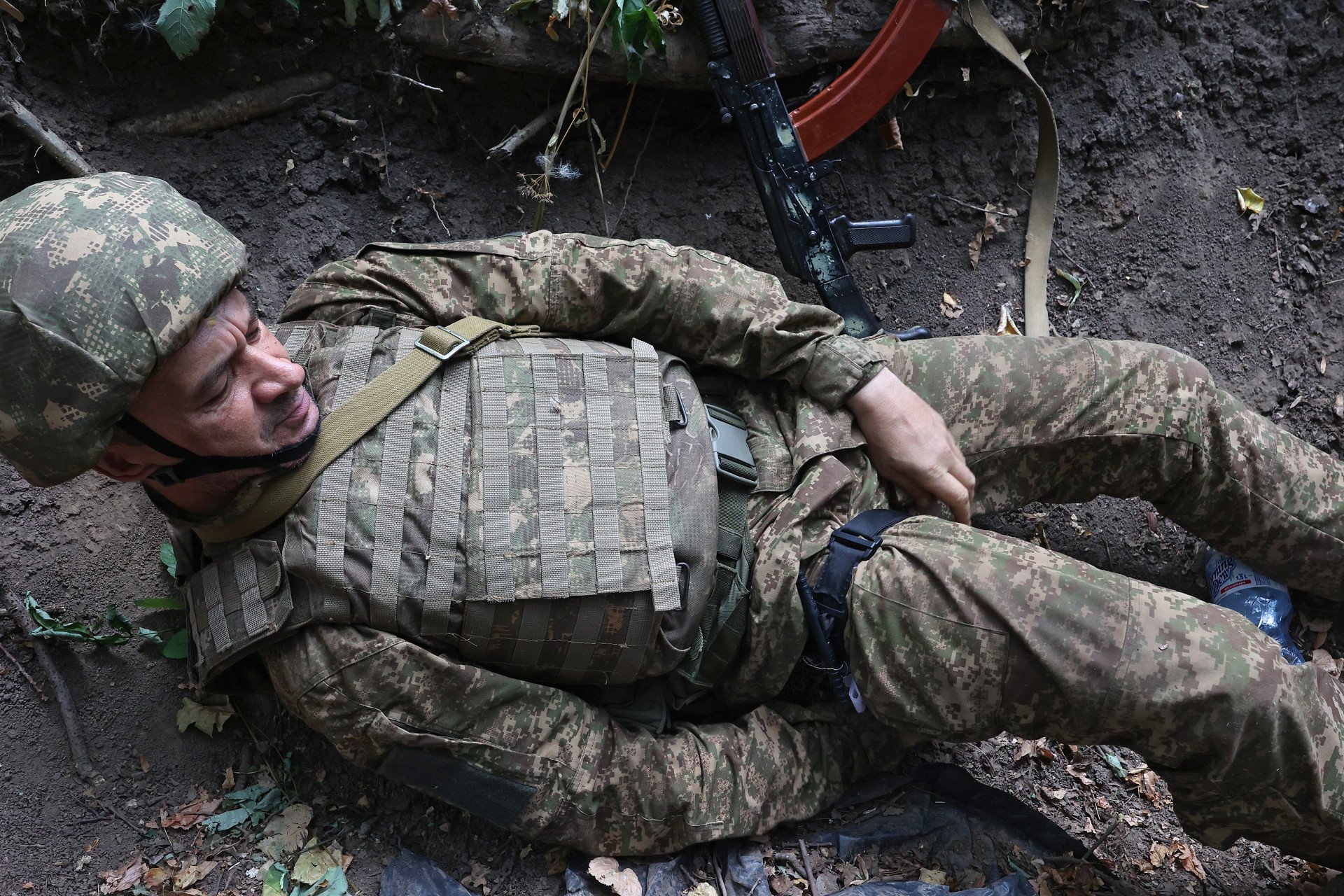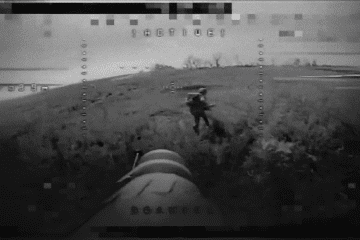- Category
- War in Ukraine
Good Tourniquets Save Lives, Bad Ones Kill

Tourniquets are a lifesaving piece of medical equipment that every person working on Ukraine’s frontlines relies on. However, many counterfeit copies, often donated by volunteers, are found all over the frontline. So, how can we identify these fakes, and which brands are recommended?
Combat Tourniquets are a vital piece of medical kit that anyone working near the frontlines should be equipped with. From the military to volunteers delivering donations, a tourniquet is a lifeline.
Since the full-scale invasion began, the need for tourniquets has vastly increased, leading to a surge in cheap, poorly made tourniquets, mainly from China, flooding the market. Fake tourniquets and defective tactical medical equipment do not stop bleeding efficiently, resulting in devastating outcomes.
Counterfeits are often very similar to genuine brands, but prioritizing quantity over quality when buying medical supplies leads to drastic consequences.
"Don't buy 'it's better than nothing,' because in this case, nothing is better than a killer turnstile (tourniquet)," stated a post distributed by the General Staff of the Armed Forces of Ukraine.
Volunteers worldwide have collected donations and bought equipment to support those working on the frontlines. We take a look at what tourniquets are, which ones are approved, and how to identify ‘fakes’ to ensure that true lifesaving equipment is reaching those who need it.
What is a tourniquet?
A ‘tourniquet’, also known as a ‘turnstile’, originates from the late 1600s French word ‘tourner’, which means to turn or tighten. A tourniquet is a device used to apply pressure to a limb to restrict blood flow.
If a person has a cut or wound with continuous heavy bleeding, and hemostatic dressings aren’t working, then a tourniquet would be used. A tourniquet is used on limbs only and should never be used on the head, neck, or torso. They act as a last resort until the injured person reaches a ‘stabilization point’ or a hospital to seek further treatment.
There are several different types of tourniquets, but the most typical is made up of a strap, a windlass—which is a winch-like rod that helps tighten the tourniquet, usually made from plastic—a clasp or clip to hold the windlass, and a time band to note the time of application.
A vast number of injuries in Ukraine are caused by shrapnel wounds from artillery fire or landmines. These wounds can lead to death, though the injured person can be saved with a tourniquet.
Due to the heavy bombardment and consistently changing frontline, casualty evacuation can often exceed 6 hours. A tourniquet was needed in 24.6% wounded cases a Ukrainian vascular surgeon dealt with, a recent publication stated. Though tourniquets save lives, their use can be life changing and lead to amputation, especially when used improperly. However, in combat medical training, the term ‘life over limb’ is key.
A FAKE tourniquet is worse than no tourniquet ❌
— Richard Woodruff 🇺🇦 (@frontlinekit) June 4, 2023
A real CAT tourniquet costs $40.
The biggest killer of soldiers in this war has been through blood loss.
If you can donate to save a 🇺🇦 life please do: https://t.co/WtutA9ZPio pic.twitter.com/ahIuQSiPo7
Some key points in identifying fake tourniquets:
The market has been flooded with fraudulent manufacturers and their counterfeit products can pass as convincingly legitimate.
Illegitimate tourniquets are known to fail, the windlass may bend or snap, material may fall apart or the buckle may break and bleeding continues, vastly decreasing the chance of survival.
Here is an example of when a fake tourniquet broke in a real life combat situation on Ukraines frontlines. This video viewers may find distressing.
Real vs Fake ‘CAT GEN 7’ tourniquets:
Wrapping - original tourniquets will be wrapped in tight packaging, fakes will often be in loose packaging.
Bonding - Real CAT brands are bonded by ‘sonic welds’ which are much stronger, fakes are either sewn together or bonded just by melting the fabric together.
Time band - ‘Time’ is written on the tourniquet, fakes may have off-centre font, unusual font or may be a sticker rather than imprinted in the fabric, the original time band also has a grey shade.
Routing buckle - real CATs have curved buckles, fake are often square.
Windlass marks - genuine CAT variants will have raised lettering on the windlass rod.
Print - information about the tourniquet will be printed on the tail end of the band of a genuine tourniquet.
Backplate - producers print information written on the back plate, fakes often will not.
Windlass rod ribbing - Deep ribbing on the windlass rod is vital, fakes are often shallow.
Rebekah Maciorowski is a combat medic in Ukraine and shows us the difference between real and fake tourniquets which were delivered to them by volunteers.
Real vs FAKE tourniquets! Please watch and share! pic.twitter.com/X8uixmtYpd
— Rebekah Maciorowski (@bekamaciorowski) May 3, 2023
What tourniquets are recommended?
The Committee on Tactical Combat Casualty Care (CoTCCC) or Tactical Combat Casualty Care (TCCC) is developed by the U.S. Department of Defense to teach evidence-based, life-saving techniques for trauma care on the battlefield. They approve certain tourniquets, brands such as: CAT, SOFTT-W, TMT, and SAM XT.
Combat medics suggest either TCCC approved or SICH, other brands are not recommended. It is vital to ensure that only official types of these brands are sent to the frontlines.
All tourniquets have their own individual markings to identify authenticity. Amazon and Ebay have been found to sell many counterfeits, it's vital to ensure to buy them directly from trusted stores and their official websites.
"The price of a tourniquet is a soldier's life. That's why we need only the highest quality tourniquets. The ones that work and really save lives," founder of TCC Volodymyr Yaremenko said.
-46f6afa2f66d31ff3df8ea1a8f5524ec.jpg)
-886b3bf9b784dd9e80ce2881d3289ad8.png)


-f88628fa403b11af0b72ec7b062ce954.jpeg)
-b63fc610dd4af1b737643522d6baf184.jpg)


-29a1a43aba23f9bb779a1ac8b98d2121.jpeg)